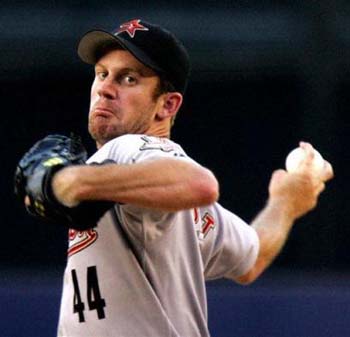 When the Nationals picked infielder Chris Marrero with their first round pick in 2006 (15th over all), it was assumed it would be just a matter of time before the young slugger would anchor the Nationals' major league lineup.
When the Nationals picked infielder Chris Marrero with their first round pick in 2006 (15th over all), it was assumed it would be just a matter of time before the young slugger would anchor the Nationals' major league lineup.Then general manager Jim Bowden saw Marrero as the perfect complement to Ryan Zimmerman, who was drafted the season before. Bowden believed that while Marrero wouldn't hit for a high average like Zimmerman, he would have more power and drive in more runs.
Sadly, it hasn't turned out that way.
Playing at Low-A ball, Marrero batted .302/.371/.420 and showed good power. Promoted to High-A Potomac, his numbers dropped to .270/.344/452 and in 233 at-bats at Double-A Harrisburg, his numbers fell to .262/.320/.421.
However, Marrero is warming up. After a slow start, he has hit home runs in four consecutive games for Double-A Harrisburg and is on pace to hit .259-24-84 this season with a .308 on-base percentage and a .437 slugging mark.
Regardless, I doubt Marrero is in the team's long-term plans.
He was a natural third baseman in high school, but was moved to the outfield because of Ryan Zimmerman. Marrero, however, played poorly there and is now at first base.
 I'm sure the Nationals would rather resign Adam Dunn to a three-year contract rather than take a chance on Marrero as their every-day first baseman beginning in 2011.
I'm sure the Nationals would rather resign Adam Dunn to a three-year contract rather than take a chance on Marrero as their every-day first baseman beginning in 2011.Chris Marrero is a poor defender whose major league ceiling is probably somewhere in the vicinity of .270-22-80, good enough for a corner outfielder but not for a first baseman.
I wouldn't be surprised to see him traded--perhaps this summer--for a quality starter, someone who might help the Nationals enter their first pennant chase since 2005.
Like, oh, I don't know .... Roy Oswalt?

